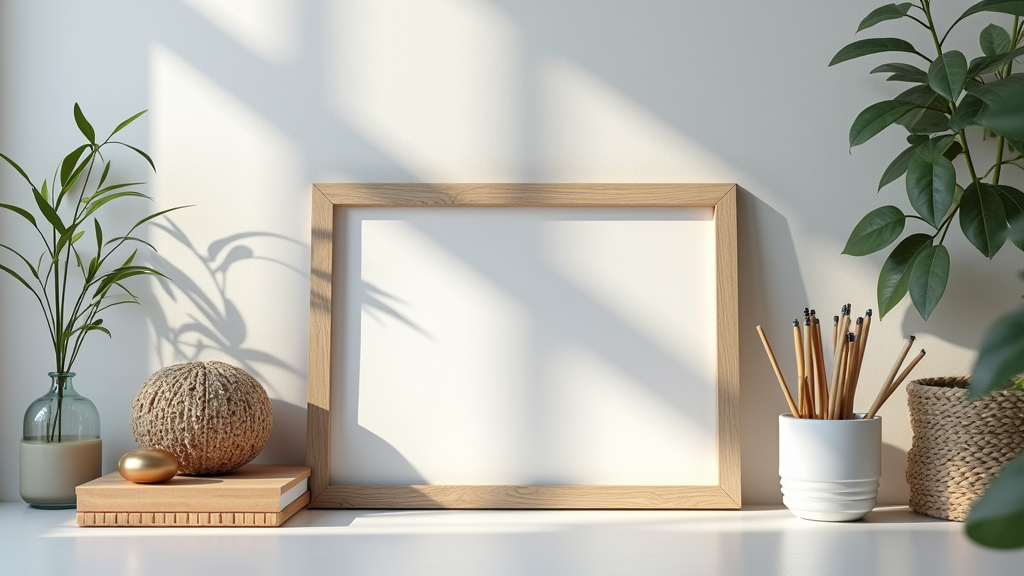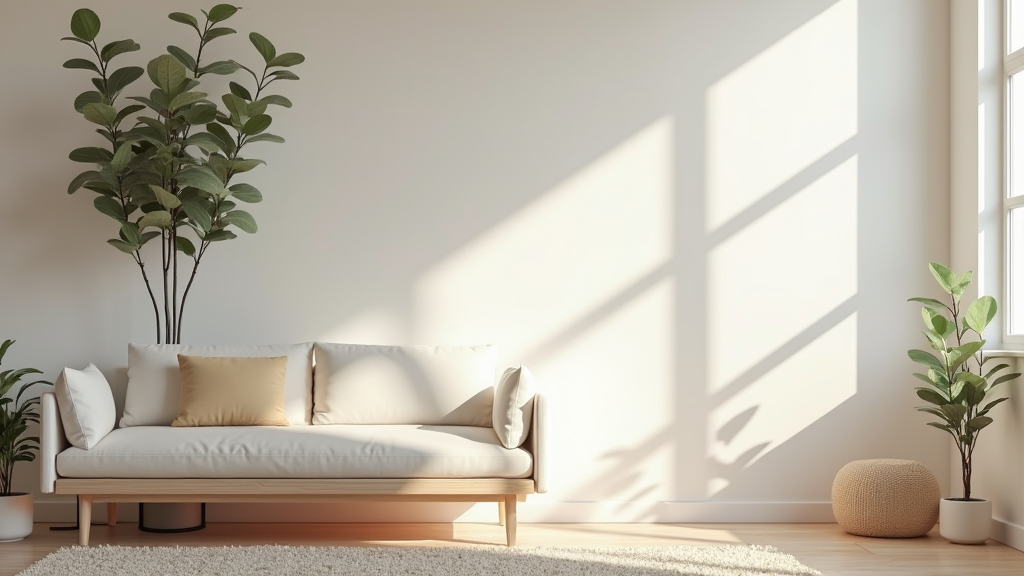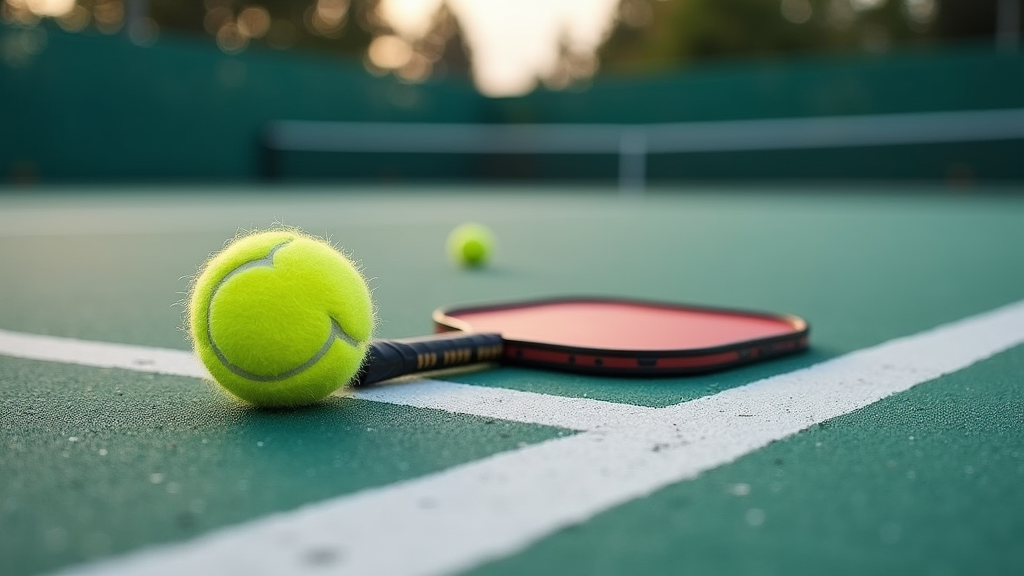Table of Contents
Introduction

Overview and Importance
Pickleball, a sport rapidly gaining popularity, demands well-maintained courts to ensure both playability and safety. Pickleball court resurfacing is not merely cosmetic; it’s a critical aspect of court maintenance that directly impacts the quality of the game and the well-being of its players. Damaged and worn courts can lead to unpredictable ball bounces, reduced traction, and, most importantly, an increased risk of injuries. In fact, studies show that damaged pickleball courts increase the risk of player injury by as much as 40%. Resurfacing, on the other hand, extends the life of a court by an estimated 5 to 7 years, making it a worthwhile investment for any facility or private owner.
The importance of pickleball court resurfacing extends beyond just preventing injuries and prolonging the court’s lifespan. A properly resurfaced court enhances player performance by providing a consistent and predictable playing surface. This allows players to focus on their game without having to compensate for uneven bounces or slippery spots. Furthermore, investing in resurfacing demonstrates a commitment to quality and player satisfaction, which can attract more players and enhance the overall pickleball experience.
Background
Pickleball’s surge in popularity over the last decade has placed increased demands on court infrastructure. What was once a niche sport played on repurposed tennis courts has evolved into a mainstream activity with dedicated facilities popping up across the country. This rapid growth necessitates a greater focus on proper court maintenance, including regular cleaning, crack repair, and, most importantly, resurfacing. As more people embrace pickleball, the need for durable, safe, and high-performing courts becomes increasingly critical.
Recent advancements in acrylic coatings and repair techniques have revolutionized pickleball court resurfacing. Modern acrylic coatings offer superior UV resistance, color retention, and durability compared to older materials. Improved crack repair methods, such as flexible patching compounds and fabric reinforcement, provide longer-lasting solutions that prevent cracks from reappearing. These developments translate to longer-lasting, better-performing courts that require less frequent maintenance.
What You’ll Learn
In this blog post, we’ll delve into the core concepts of pickleball court resurfacing, providing you with a comprehensive understanding of the process and its numerous benefits. You’ll learn about the different types of resurfacing materials, the steps involved in a typical resurfacing project, and the factors that influence the cost of resurfacing.
Furthermore, we’ll equip you with the practical knowledge needed to identify when resurfacing is necessary. You’ll learn to recognize the signs of court deterioration, such as cracking, fading, and surface wear. Finally, we’ll provide guidance on how to choose the right resurfacing service, ensuring that you select a qualified contractor who can deliver a high-quality, long-lasting result. By the end of this post, you’ll have a clear understanding of how to maintain your pickleball court and ensure a safe and enjoyable playing experience for years to come.
Understanding the Basics
Fundamental Concepts
Resurfacing a tennis court is more than just applying a fresh coat of paint. It’s a comprehensive process aimed at restoring and enhancing the court’s playability, safety, and appearance. To truly understand resurfacing, let’s define some key terms. Resurfacing refers to the application of new coatings to an existing court surface, addressing wear and tear and restoring its original qualities. Acrylic coating is a popular choice for tennis courts due to its durability, flexibility, and vibrant color options. Crack repair involves filling and sealing cracks in the court surface to prevent further damage and ensure a smooth playing area. Finally, drainage correction addresses issues with water pooling on the court, which can lead to safety hazards and accelerated deterioration.
At its core, tennis court resurfacing operates on a few key principles. The primary goal is maintaining a smooth, safe, and aesthetically pleasing playing surface. A smooth surface ensures consistent ball bounce and predictable player movement. Safety is paramount, requiring a surface free from cracks, bumps, or slippery areas. Aesthetically pleasing courts enhance the overall playing experience and contribute to the facility’s appeal.
Essential Components
A successful tennis court resurfacing project relies on several essential components, each playing a crucial role in the final outcome. The acrylic resurfacer serves as the foundation, providing a smooth base and filling minor imperfections. The color coating not only adds visual appeal but also protects the underlying layers from UV damage and wear. Line marking paint is specially formulated for tennis courts, ensuring crisp, durable lines that adhere well to the acrylic surface. Finally, crack filler is essential for addressing existing cracks and preventing them from spreading.
When selecting these components, several key features should be considered. Primary aspects include surface smoothness, traction, and durability. A smooth surface is vital for consistent ball bounce, while adequate traction prevents slips and falls. Durability ensures the longevity of the resurfacing, minimizing the need for frequent maintenance. Secondary aspects include color options, UV resistance, and drainage efficiency. Color options allow for customization and branding, while UV resistance protects the court from sun damage. Proper drainage prevents water pooling, which can lead to safety hazards and surface deterioration.
It’s important to note that there are different types of acrylic coatings available, each designed for specific climates and usage levels. For example, some coatings are formulated to withstand extreme heat or cold, while others are designed for high-traffic courts that require extra durability. Understanding these variations is crucial for selecting the right materials for your specific needs and ensuring a long-lasting, high-quality resurfacing job.
Detailed Guide

Preparation
Before diving into the resurfacing process, meticulous preparation is key to achieving a professional and long-lasting result. This involves gathering the necessary materials, setting up the court, and considering important environmental factors.
- Required materials: Make sure you have a pressure washer with a minimum of 3000 PSI for thorough cleaning. You’ll also need crack filler specifically designed for asphalt or concrete courts, an acrylic primer to enhance adhesion, a high-quality squeegee for even application of the resurfacer and coatings, and a measuring tape to ensure accurate line placement.
- Initial setup: Begin by thoroughly cleaning the entire court surface with the pressure washer to remove all dirt, algae, and loose debris. Mask off any surrounding areas you don’t want to be coated, such as fences or landscaping. Prepare your repair materials, ensuring the crack filler is ready for application and the acrylic resurfacer and coatings are properly mixed according to the manufacturer’s instructions.
- Important considerations: Weather conditions play a crucial role in the success of your resurfacing project. Ensure the temperature is consistently above 50°F (10°C) for proper curing and adhesion of the materials. Proper ventilation is also essential, especially when working with acrylic coatings, so consider working on a day with a slight breeze or using fans to circulate the air. Don’t forget to prioritize safety by wearing appropriate safety gear, including gloves, eye protection, and a respirator mask, especially when handling chemicals or using the pressure washer.
Step-by-Step Process
Resurfacing a pickleball court involves a series of carefully executed steps. Following these instructions and best practices will help you achieve a professional-looking and durable playing surface.
Best practices for a successful resurfacing project include applying thin, even coats of each material, allowing sufficient drying time between coats to ensure proper adhesion and curing, and using high-quality materials specifically designed for sports courts. Avoid common mistakes such as applying resurfacer in direct sunlight, which can cause it to dry too quickly and crack, using incorrect mixing ratios, which can affect the performance and durability of the materials, and neglecting proper surface preparation, which can lead to poor adhesion and premature failure.
Advanced Techniques
For those looking to take their pickleball court resurfacing project to the next level, there are several advanced techniques that can enhance the performance, durability, and longevity of the court.
- Expert tips: For larger cracks, consider using a self-leveling crack filler to ensure a smooth, even repair. Applying a primer coat before the acrylic resurfacer can significantly improve adhesion, especially on older or weathered surfaces. To enhance safety, consider adding a non-slip additive to the color coating to provide better traction, especially in wet conditions.
- Optimization methods: To improve drainage and prevent water from pooling on the court surface, ensure the court has a proper slope. An ideal slope of 1% to 2% allows water to drain effectively without affecting gameplay. Using UV-resistant coatings can significantly prolong the court’s lifespan by protecting it from the damaging effects of the sun.
- Troubleshooting:
- Problem: Bubbling in the coating. Solution: Ensure the surface is completely dry before applying the coating. Moisture trapped beneath the coating can cause bubbles to form.
- Problem: Cracking reappears. Solution: Use a flexible crack filler specifically designed for sports courts. These fillers are designed to expand and contract with temperature changes, preventing cracks from reappearing.
- Problem: Uneven surface. Solution: Apply multiple thin coats of resurfacer to build up the surface gradually. This allows you to correct minor imperfections and create a smooth, even playing surface.
North State Resurfacing Services
Service Offerings
Resurfacing your pickleball court with North State Resurfacing enhances playability and safety by providing a smooth, even surface. This proactive maintenance not only extends the court’s lifespan and saves on future repairs but also increases property value, making it a worthwhile investment for both homeowners and commercial properties.
North State Resurfacing is the premier provider of pickleball court resurfacing services, proudly serving North Carolina, South Carolina, and Virginia. We understand the importance of a high-quality playing surface for optimal performance and enjoyment. Our expert team is dedicated to providing top-notch resurfacing solutions tailored to meet your specific needs.
Our comprehensive services include meticulous surface repairs, addressing any cracks, uneven areas, or other imperfections that may compromise the integrity of your pickleball court. We utilize industry-leading techniques and materials to ensure a smooth, durable, and safe playing surface.
Beyond functionality, we also offer a wide array of color coating options to enhance the aesthetic appeal of your court. Whether you prefer classic court colors or a custom design to match your personal style or branding, North State Resurfacing can bring your vision to life.
Benefits of Choosing North State Resurfacing
Choosing North State Resurfacing means investing in the long-term quality and value of your pickleball court. Our resurfacing services provide a multitude of benefits that directly impact your playing experience and property value.
One of the primary advantages of resurfacing with us is the enhanced playability and safety we provide. A smooth, even surface reduces the risk of injuries and allows for consistent ball bounce and predictable gameplay. Our commitment to quality ensures a superior playing experience for players of all skill levels.
Furthermore, resurfacing extends the lifespan of your pickleball court. By addressing existing damage and applying protective coatings, we help prevent further deterioration and minimize the need for costly repairs down the line. This proactive approach saves you money and ensures that your court remains in excellent condition for years to come.
Finally, a well-maintained pickleball court can significantly increase your property value. Whether you’re a homeowner or a commercial property owner, a professionally resurfaced court adds curb appeal and enhances the overall attractiveness of your property.
Contact Information
Ready to transform your pickleball court? Contact North State Resurfacing today for a free consultation and estimate.
- North State Resurfacing
- Phone: (919) 365-7500
- Service Areas: Charlotte, Greensboro, Durham, Raleigh, NC, and nearby communities in Virginia and South Carolina.
Conclusion

Summary of Key Points
Regular pickleball court resurfacing is crucial for maintaining a safe and enjoyable playing environment. Over time, the court’s surface deteriorates due to weather exposure, heavy foot traffic, and the constant impact of pickleballs. This deterioration can lead to cracks, uneven surfaces, and a loss of traction, significantly increasing the risk of injuries. By investing in timely resurfacing, you not only ensure the safety of players but also enhance their performance by providing a consistent and predictable playing surface.
Furthermore, resurfacing extends the lifespan of your pickleball court. Addressing minor damages early on prevents them from escalating into more significant structural issues that could require costly repairs or even complete court replacement. Think of resurfacing as preventative maintenance that protects your investment and keeps your court in optimal condition for years to come.
Understanding the pickleball court resurfacing process empowers you to make informed decisions about your court’s maintenance. Knowing the steps involved, from surface preparation to the application of specialized coatings, allows you to communicate effectively with resurfacing professionals and ensure that the job is done right. You can assess the quality of the work and understand the importance of each stage, leading to a more satisfactory outcome.
Final Thoughts
Ultimately, investing in professional pickleball court resurfacing services is the best way to ensure a high-quality and durable playing surface. While DIY options may seem appealing, professional resurfacers possess the expertise, specialized equipment, and high-quality materials necessary to achieve a long-lasting and aesthetically pleasing result. They can properly assess the condition of your court, recommend the appropriate resurfacing solution, and execute the work with precision and care.
A professionally resurfaced pickleball court not only provides a superior playing experience but also adds value to your property and enhances the overall appeal of your facility. So, take the proactive step of scheduling regular resurfacing to keep your court in top condition and enjoy countless hours of pickleball fun.

